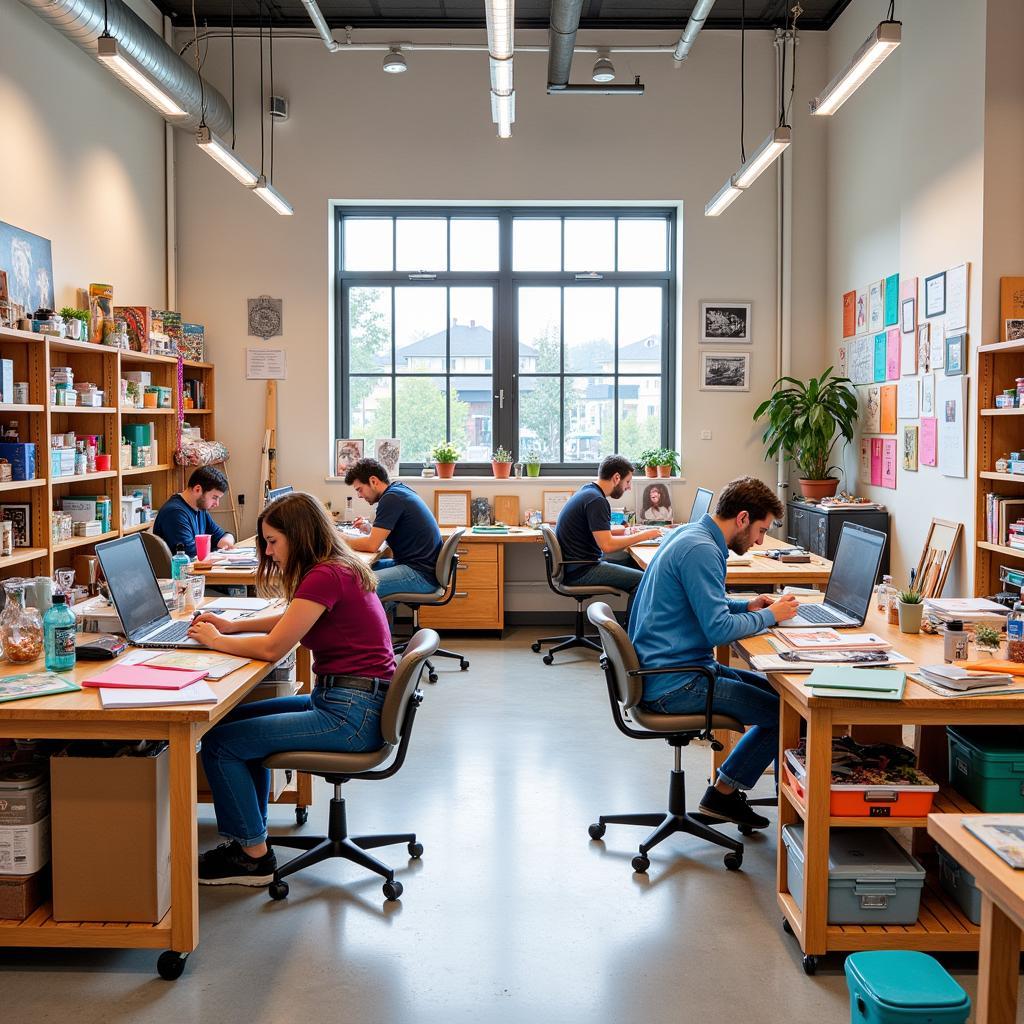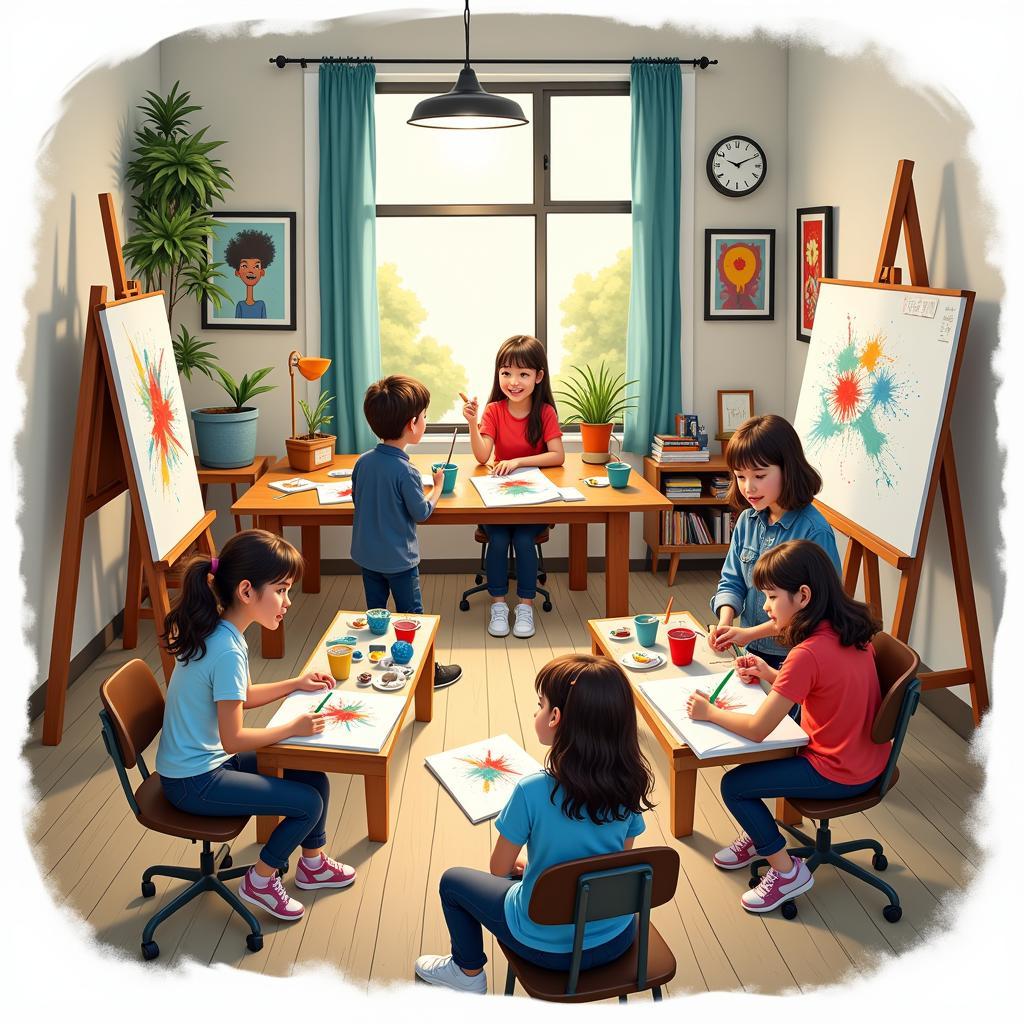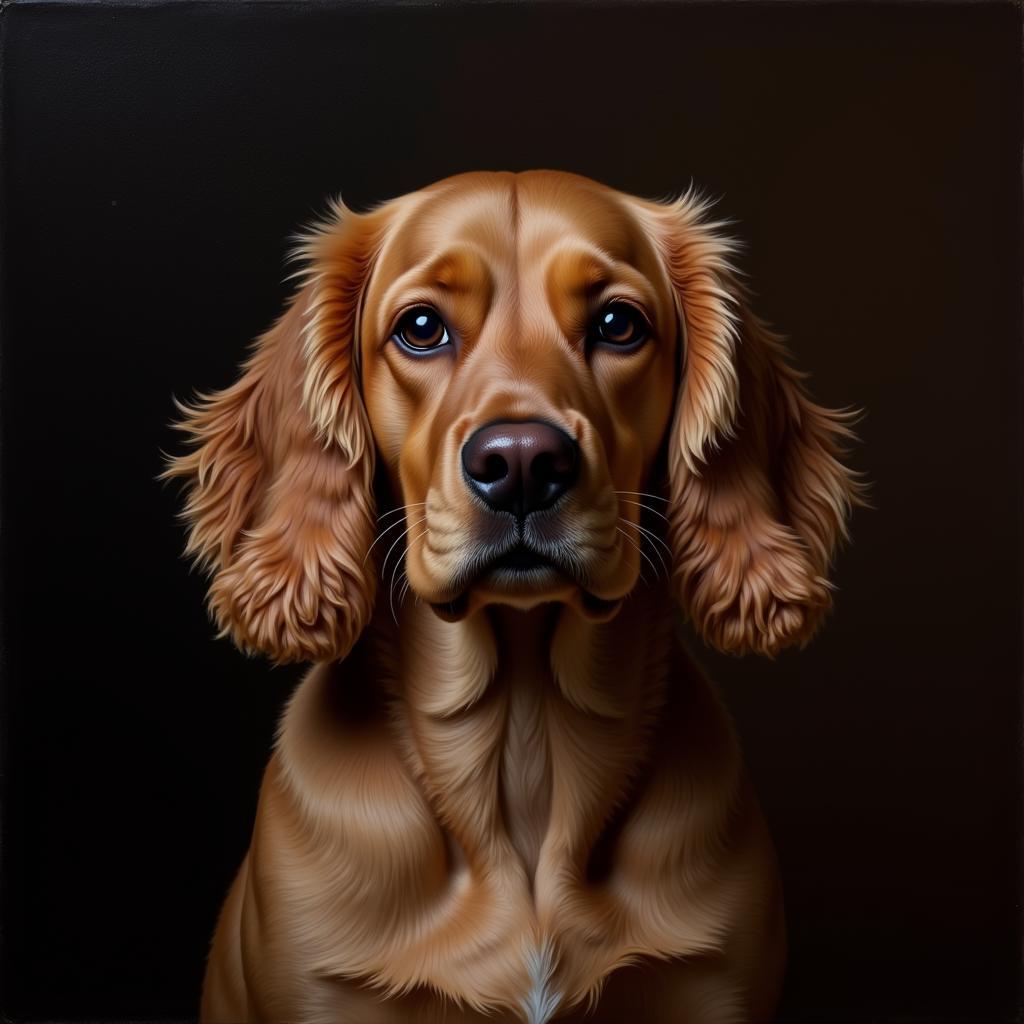Art Room Rules and Expectations: Creating a Space for Creative Flow
Art Room Rules And Expectations are essential for fostering a productive and positive creative environment. Whether you’re setting up a personal studio or managing a shared art space, establishing clear guidelines ensures everyone can focus on what matters most: making art. This article will explore the key components of effective art room rules and expectations, offering insights and tips for cultivating a space where creativity flourishes.
Setting the Stage for Success: Why Art Room Rules Matter
Having a well-defined set of rules isn’t about stifling creativity; it’s about providing a framework within which creativity can thrive. Clear expectations help prevent misunderstandings, minimize distractions, and ensure the safety and respect of everyone involved. Think of it like building a solid foundation for a house – it’s essential for stability and allows for beautiful and elaborate structures to be built upon it. This applies equally to a professional studio and a home art space. What are the most important aspects of these rules? Let’s delve into the specifics.
 Art Room Rules and Expectations in a Shared Studio Environment
Art Room Rules and Expectations in a Shared Studio Environment
Essential Art Room Rules: Maintaining Order and Respect
Some fundamental rules are universally applicable to most art rooms. These include respecting the space and materials, cleaning up after oneself, and being mindful of others. Specific rules might address things like food and drink policies, noise levels, and the use of shared equipment. For instance, prohibiting open containers of paint near computers or requiring headphones for listening to music can prevent accidents and maintain a focused atmosphere.
What if a shared art space has specialized equipment? Clearly defined procedures for using and maintaining equipment like 3D printers, kilns, or laser cutters are paramount. This not only ensures the longevity of the equipment but also promotes safety and prevents potential conflicts.
 Essential Art Room Rules: Respecting Shared Materials
Essential Art Room Rules: Respecting Shared Materials
Crafting Clear Expectations: Fostering a Positive Creative Environment
Beyond the concrete rules, establishing clear expectations regarding behavior and interaction is crucial. This fosters a positive and supportive atmosphere. Encouraging open communication, respectful feedback, and collaboration can significantly enhance the creative experience for everyone. For example, establishing designated critique times can provide a structured environment for sharing constructive criticism without interrupting individual work flow.
What about individual work styles? Respecting individual work styles is paramount. While some artists thrive in a lively, collaborative setting, others require quiet and solitude to focus. Acknowledging and accommodating these differences contributes to a more harmonious and productive art room.
Addressing Common Challenges: Maintaining Harmony in the Art Room
Even with the best intentions, challenges can arise. A clear process for addressing issues such as disagreements, damaged equipment, or misuse of materials is essential. This might involve designated mediators, a documented reporting system, or regular group discussions to address concerns. Transparency and fairness are key to resolving conflicts effectively and maintaining a positive environment.
How can we handle emergencies? Establishing clear emergency procedures, including first aid protocols and evacuation plans, is non-negotiable. Regular safety drills and readily available first aid kits are vital for ensuring the well-being of everyone in the art room.
Art Room Rules and Expectations: A Foundation for Creative Growth
Ultimately, art room rules and expectations should serve as a foundation for creative growth and exploration. By fostering a space that is both structured and supportive, we empower artists to push boundaries, experiment freely, and reach their full creative potential. Remember, a well-managed art room is not simply a workspace; it’s a dynamic ecosystem where creativity thrives.
FAQ
- What are the basic art room rules? Respecting the space, cleaning up, being mindful of others, and following specific guidelines for materials and equipment.
- Why are art room expectations important? They foster a positive environment, minimize distractions, and ensure everyone feels safe and respected.
- How can we address disagreements in the art room? Establish a clear process for conflict resolution, such as designated mediators or a reporting system.
- What should be included in emergency procedures? First aid protocols, evacuation plans, regular safety drills, and readily available first aid kits.
- How can we accommodate different work styles? Encourage open communication and respect for individual preferences regarding noise levels and collaboration.
- What’s the best way to manage shared materials? Clear labeling, designated storage areas, and established procedures for use and maintenance.
- How can we encourage a positive creative environment? Promote open communication, respectful feedback, and collaboration among artists.
 Art Room Rules and Expectations: Positive Creative Environment
Art Room Rules and Expectations: Positive Creative Environment
Need More Help?
For further assistance and resources, explore our abstract art set. We also offer a variety of other articles and resources on our website to help you create the ideal art space.
When you need assistance, please contact us. Phone: 02462573573, Email: danteum@gmail.com Or visit us at: Savico Megamall, 7-9 Đ. Nguyễn Văn Linh, Gia Thụy, Long Biên, Hà Nội 10000, Việt Nam. We have a 24/7 customer service team.



